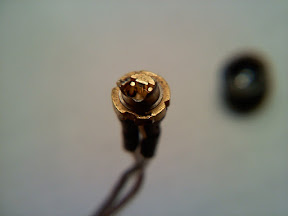- Joined
- Jun 24, 2010
- Messages
- 5,704
- Points
- 113
So if they simply are serial numbers, then I would assume that ones that have similar serial numbers would be made from the same set, so we could probably expect similar results/efficiencies from similarly coded serial numbers?
The reason I say that is that, considering many diodes are made in each set, the number of impurities/etc. is probably about equal on a relative scale for diodes of the same batch as compared to previous or later batches.
I would think it would not be a very efficient process to build them, bin them and then go back and stamp them with a serial number. More likely the serial numbers will just give us a production timeline not a bin level.:beer:
Last edited:






















